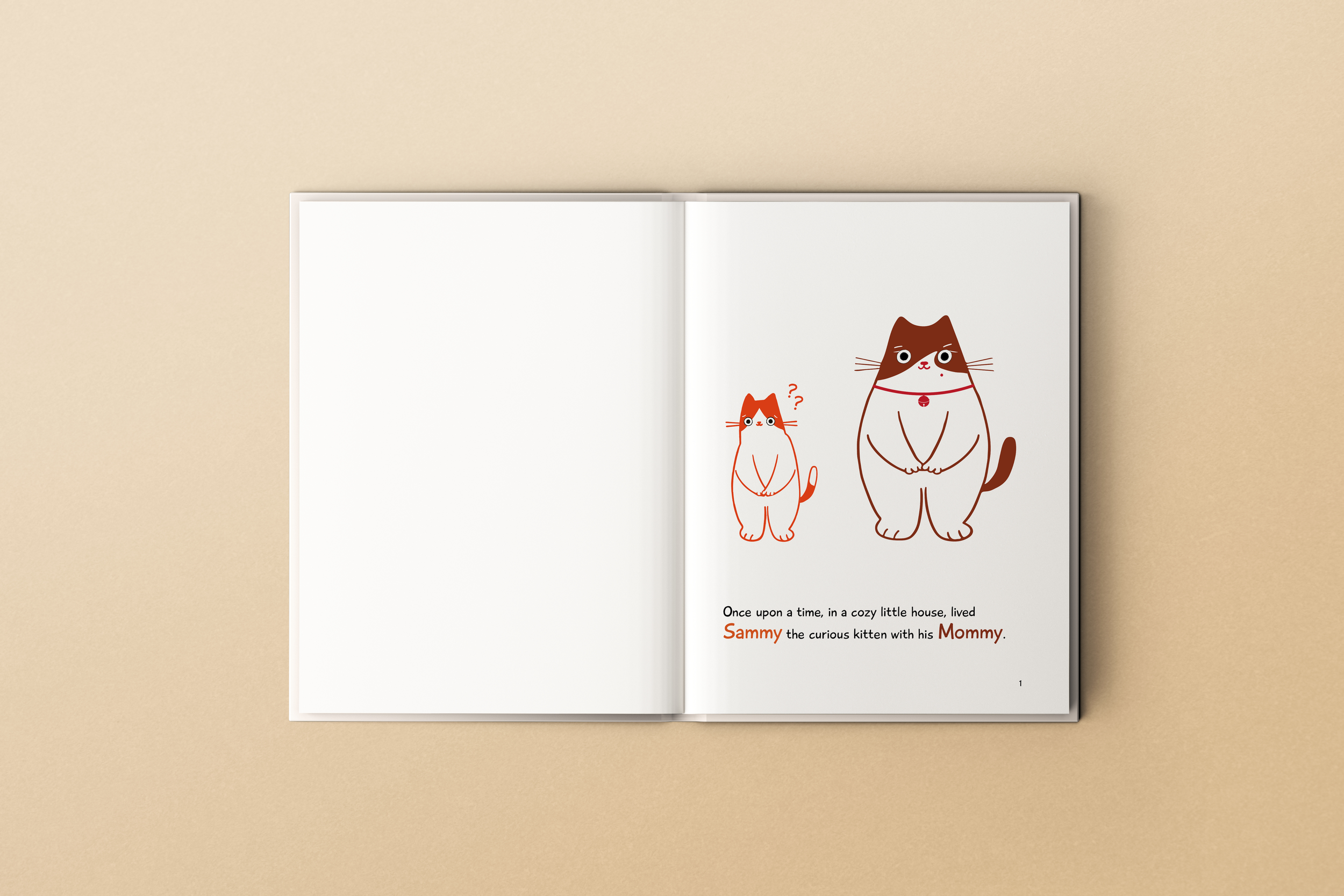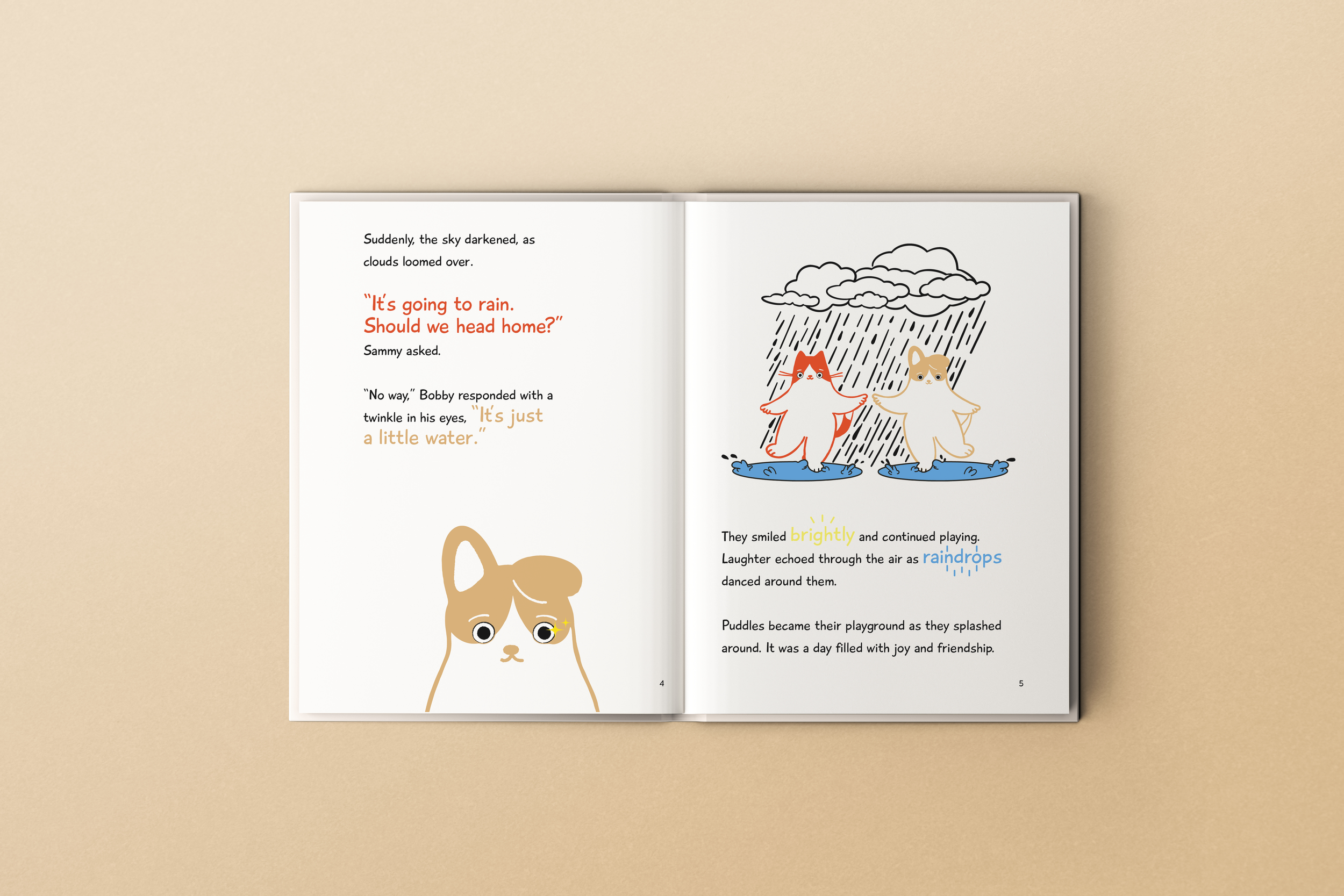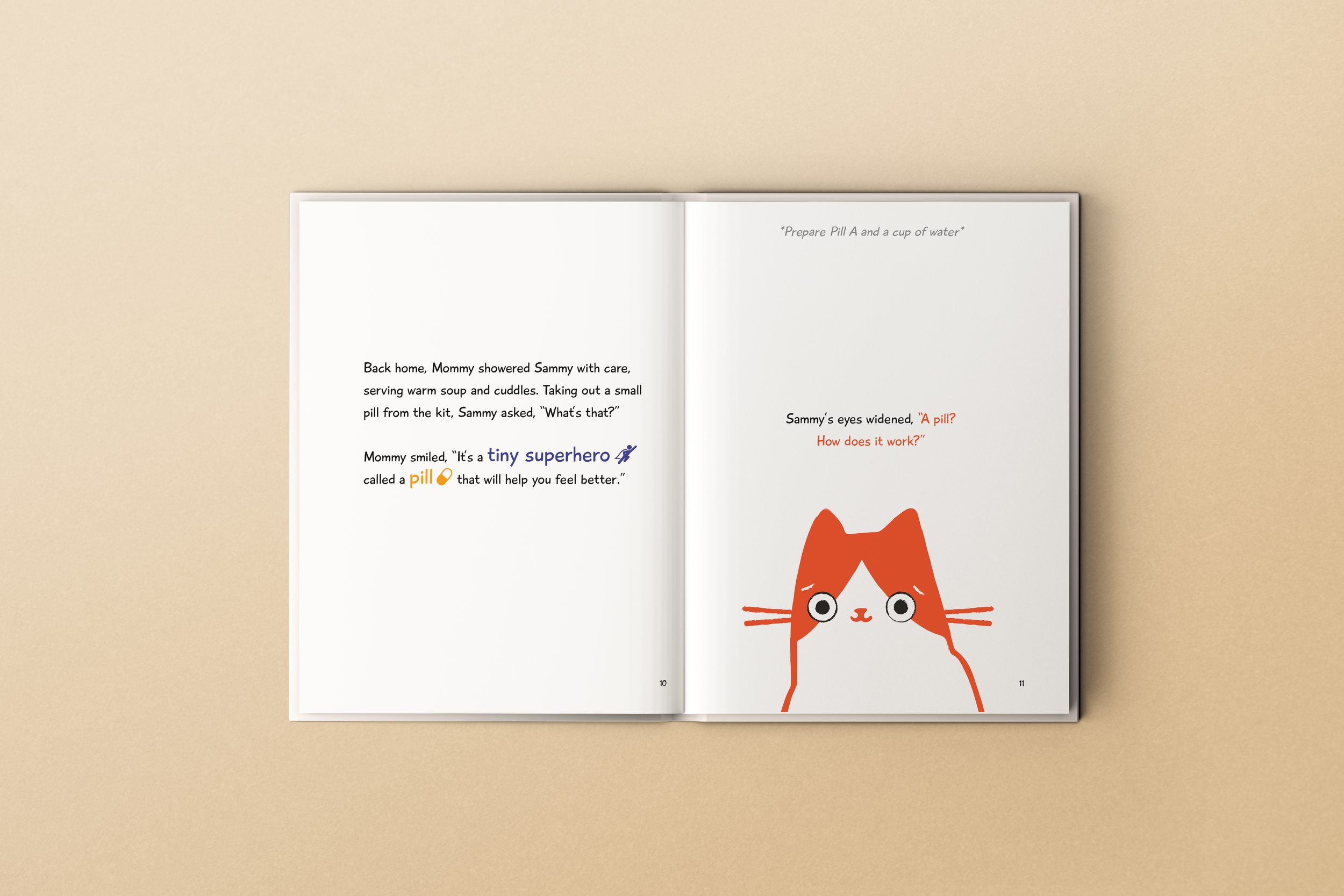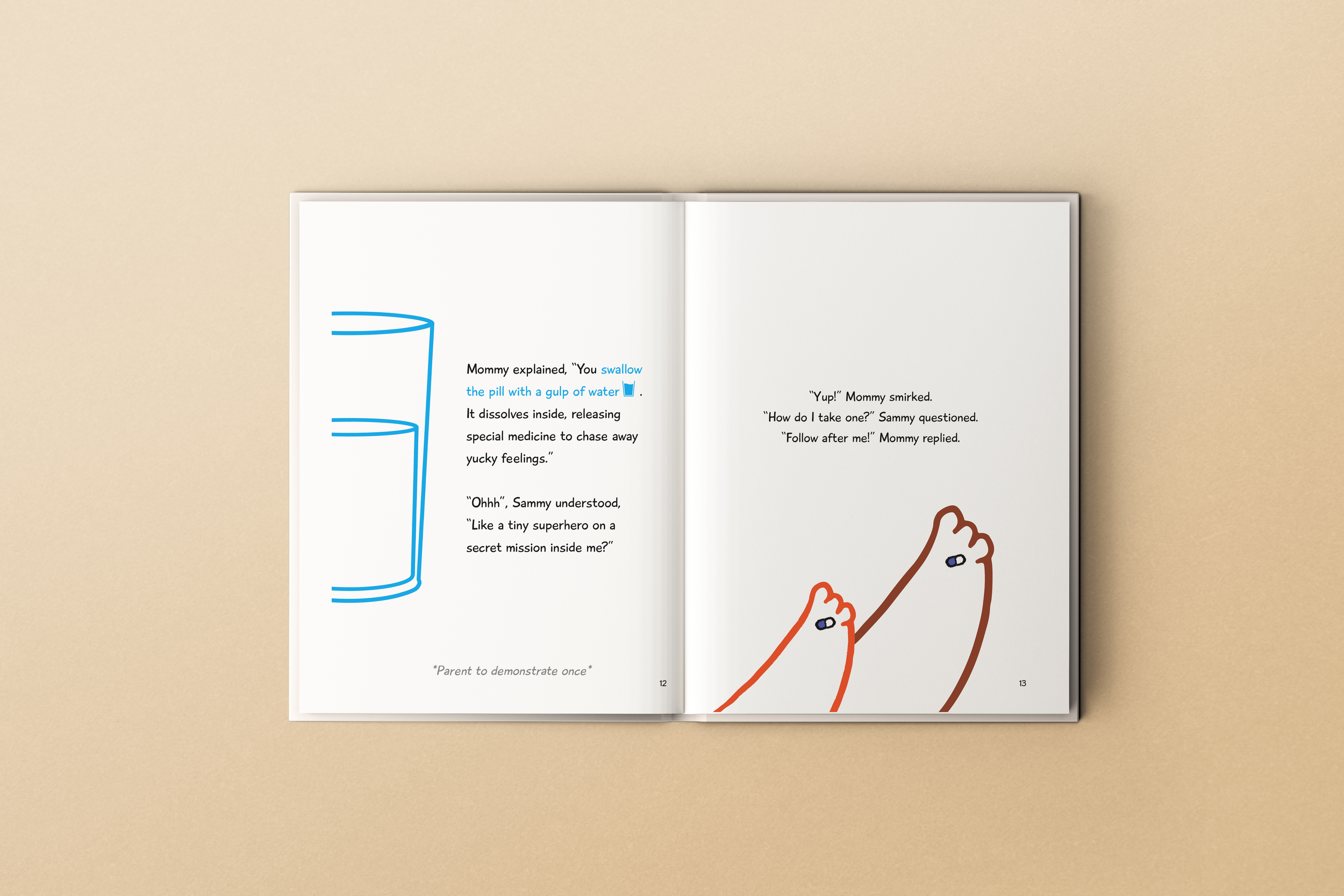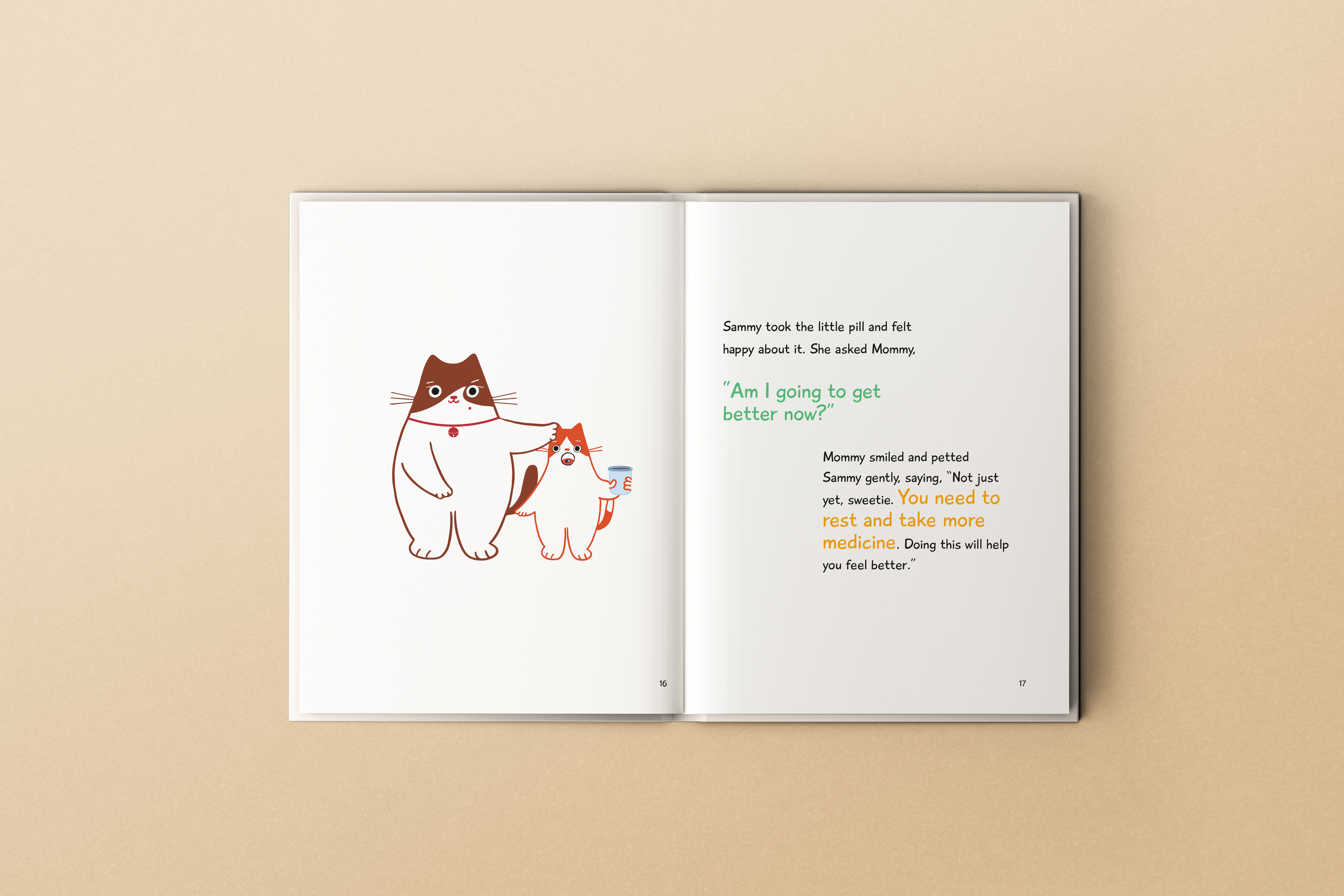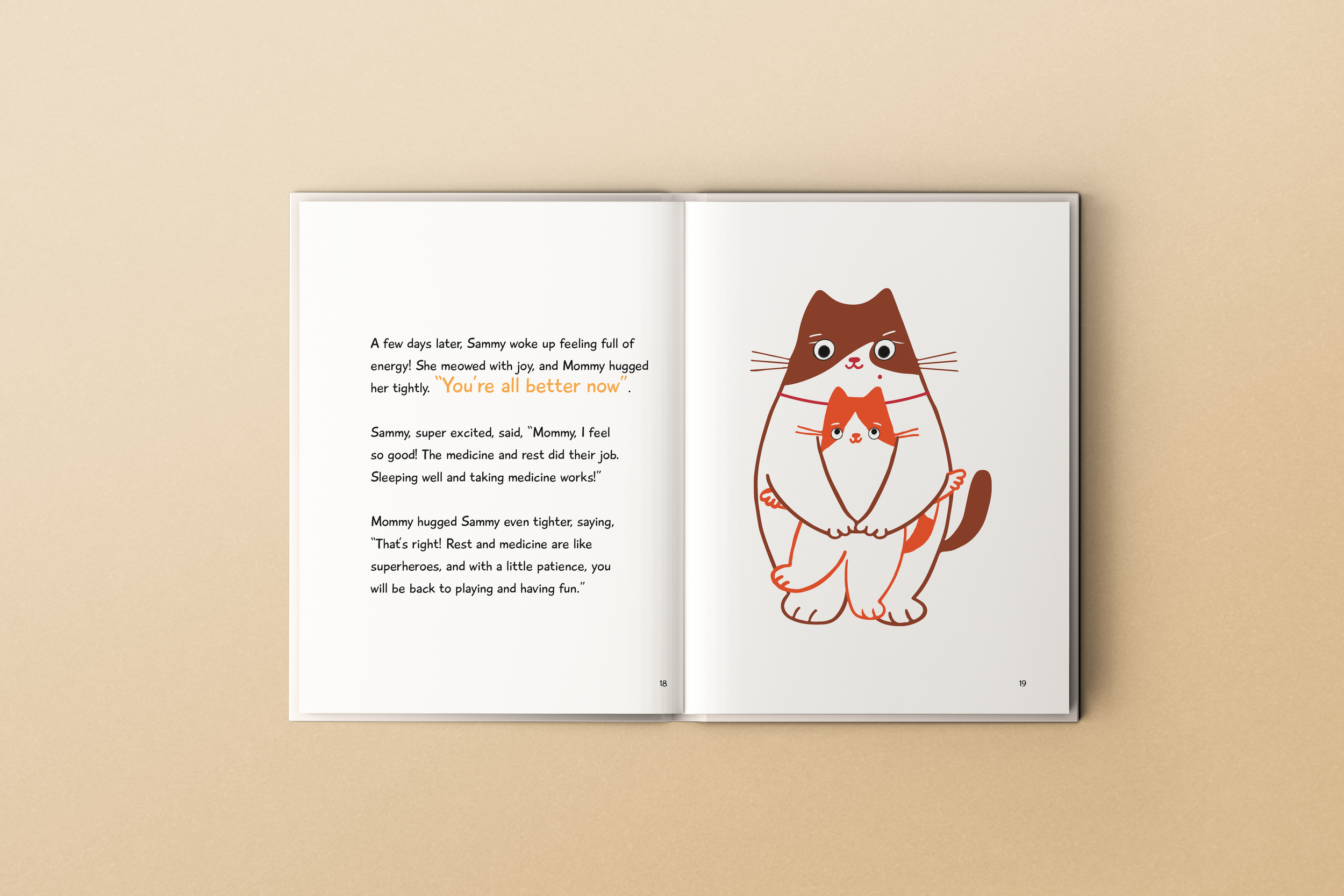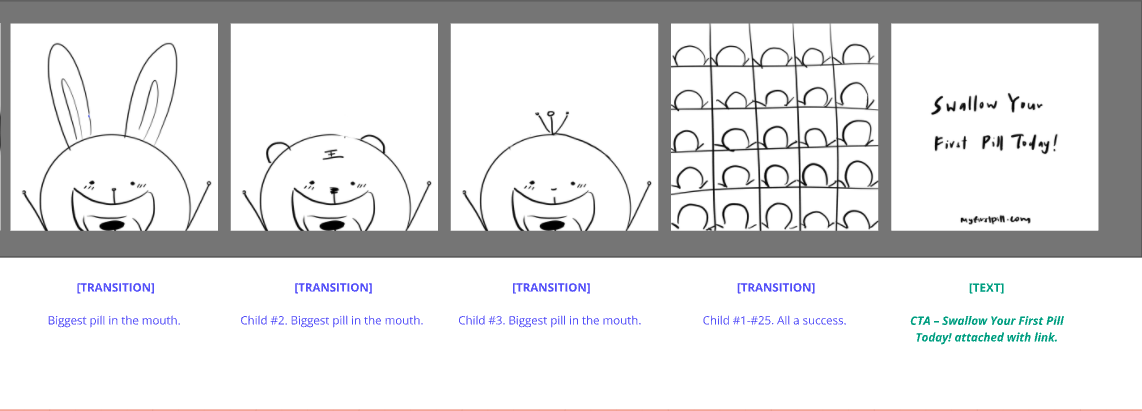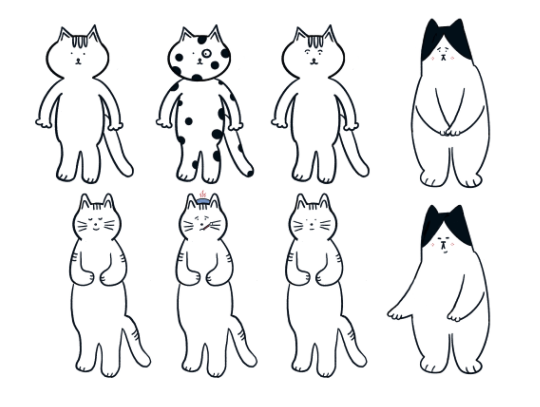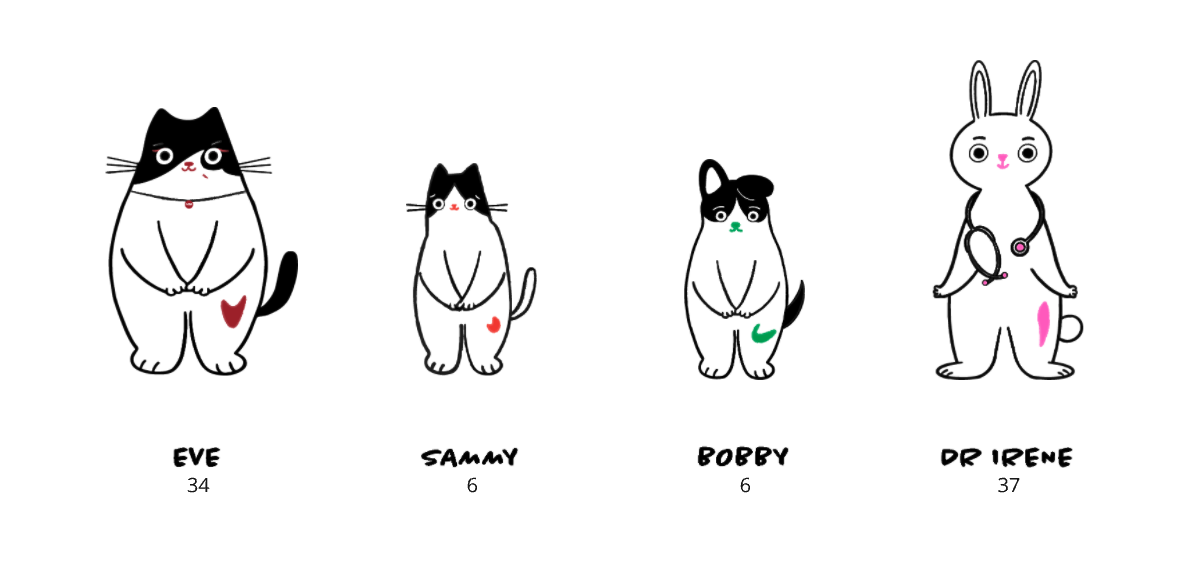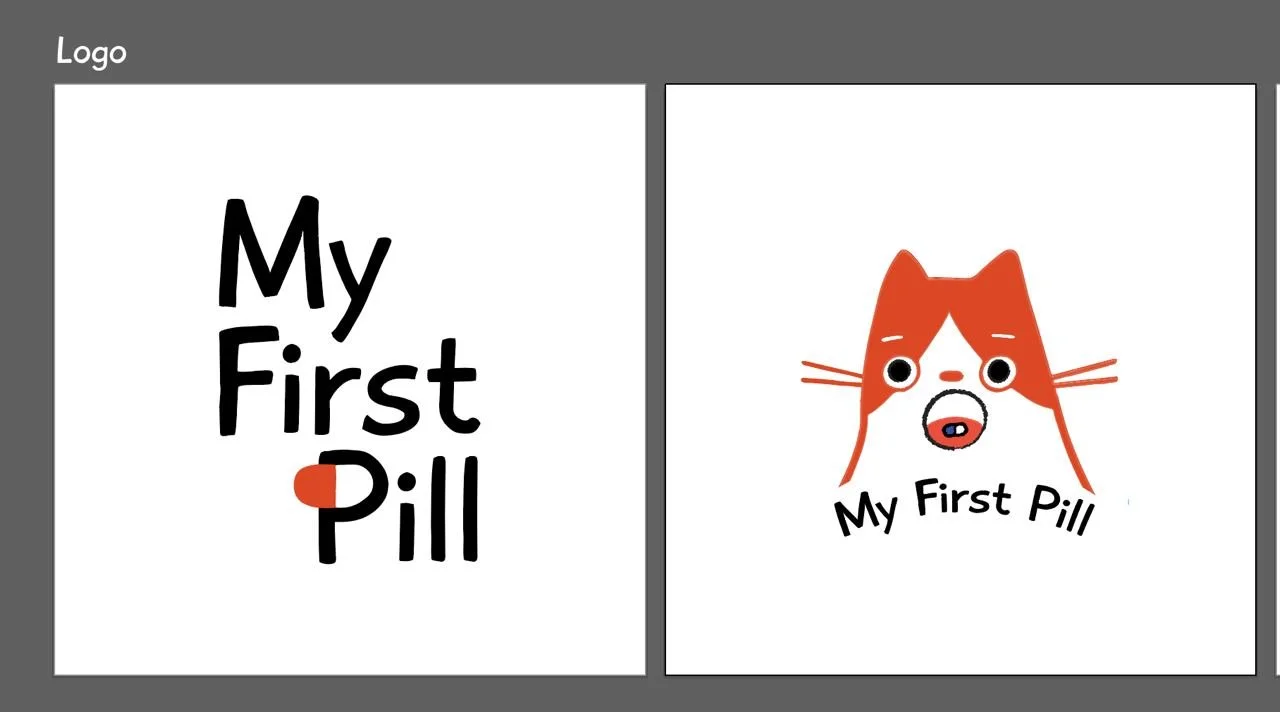My First Pill is a parent-child toolkit that transforms a common childhood struggle into an empowering adventure. This toolkit shapes a child’s first experience with swallowing a pill. By blending interactive elements, storytelling, and designing alongside parental guidance, the kit helps young ones overcome their fears to develop a healthy relationship with medication.
Unlike existing swallowing aids that focus solely on physical techniques, My First Pill tackles the mental barriers behind children’s aversion to oral medication. Through a gradual, multifaceted approach, it enables a positive and confidence-building experience for both children and parents. Its unique combination of playful storytelling and hands-on interaction with emotional support makes it stand out as a thoughtful and effective solution to this often-overlooked challenge many children face growing up.
Project completed by Lim Pei Chin, Leon Pereira & Madeline See



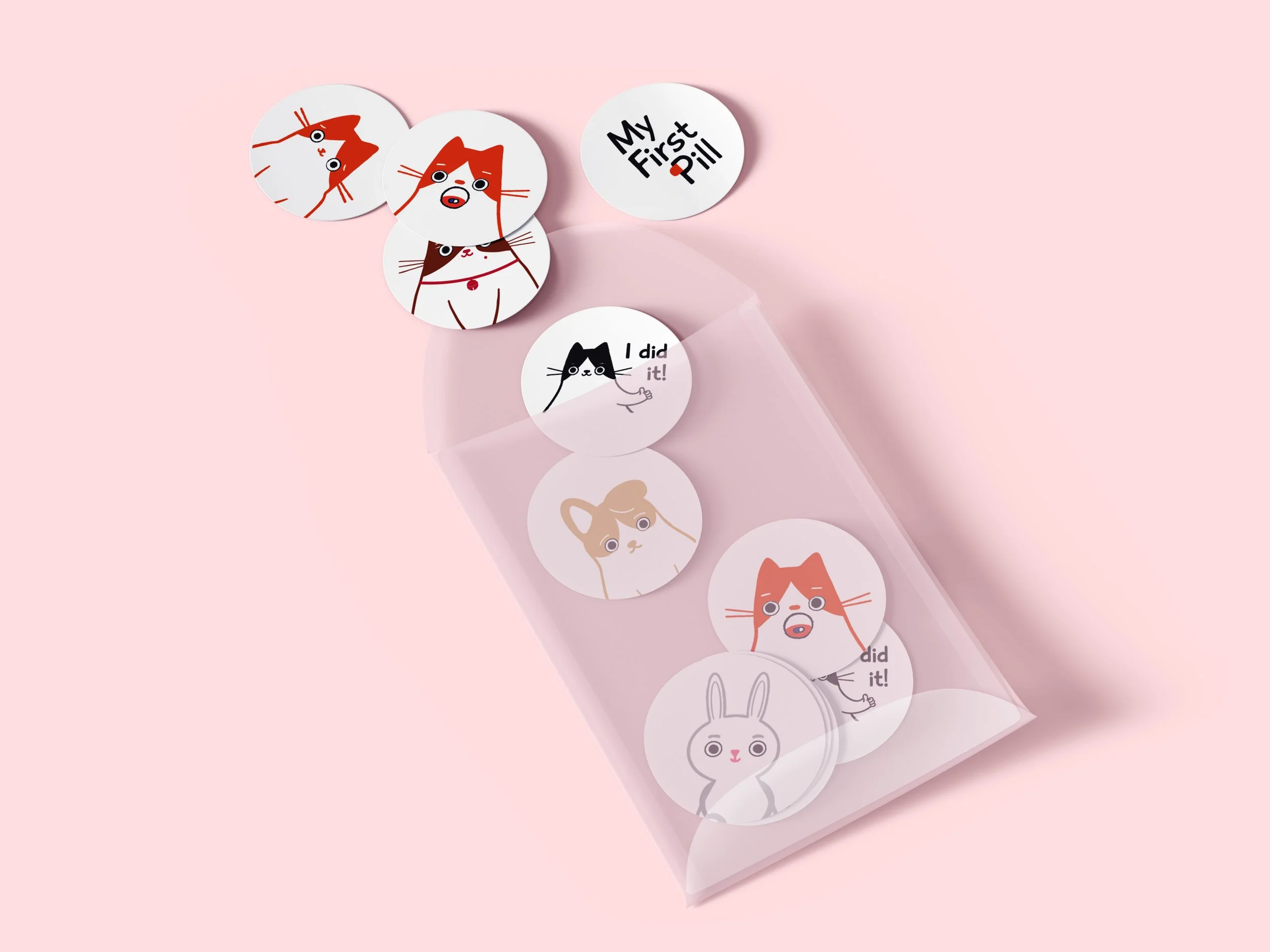
Children often resist taking medicine due to its bitter taste, which, while unpleasant, serves
an important role for therapeutic effects. Many parents therefore resort in:
Open administration
Give medicine to the child knowingly by changing the palatability, actively involve the child in play or use persuasion.
Hidden administration
Give medicine to the child unknowingly by camouflaging it in food, while sleeping or distracted by another activity.
Forced administration
Give medicine to the child forcefully with the use of restraints.
Parents often trick children into taking medication for “their own good”.
Not only does this give the child trust issues, but it poses as a missed learning opportunity to learn self-care and
personal health responsibilities.
While short-term tricks may offer temporary relief, establishing positive associations with medication in the long term proves more effective during illnesses and contributes to the development of health literacy as children mature. There is an opportunity here, fostering open communication and employing developmentally-appropriate messaging that acknowledges young perspectives, medication can be presented not as a source of fear but as a means to motivate recovery through enjoyable and collaborative methods.
Hence, our team conducted 11 weeks of in-depth research, including interviews with professional paediatricians and iterative design prototyping, to explore how medication experiences can be reshaped. By focusing on developmentally-appropriate messaging and child-centred design, we aimed to transform medicine-taking from a moment of fear into one of empowerment, comfort, and collaboration—supporting both short-term recovery and long-term health literacy in children.
Interview insights from kindergarten teacher
Teachers are not responsible for nursing a young child with medications in school – when the kids are sick, they are turned away at the school gate, not allowed to attend class.
Teachers are not allowed to feed the young child (student) , unless they have a signed a form with the parents, and this must be done under the presence of at least 2 teachers to cross check medication in english.
Has the mentality that this is not a big issue as “the children will learn it naturally”
Felt the best way to work with young children is through words of encouragements or to do it when they are in a good mood. Shower them with more compliments as it builds up their confidence, which goes a long way.
Her students (young children from as young as 2-18 months old, and 1-4 year olds) look up to the teachers, and parents a lot – imitation is a good idea
Many educational books available, for e.g. how to wash hands, good habits, etc but the books can only do so much
Interview insights from paediatrician
Children often have mental associations and fears about taking pills, especially the fear of choking
Parents, especially asian, can be hesitant to teach their child how to swallow pills, as many felt they would pick this skill up naturally, worry about potential choking or complications, etc
She recommended to start teaching children how to swallow at the age of 6, and it will be great if we could provide clear instructions for the parents
There are several techniques to swallowing pills, can train them with using placebo pills (small)
We should frame pill swallowing as a developmental milestone, and involve parents in this learning process. Use storytelling and positive reinforcement to see better results.
In what ways can we create the first experience for young children to make swallowing pills a positive and comfortable process?
What strategies can be implemented to ensure a positive first encounter for young children when learning to swallow pills?
How might we shape the first impression for young children as they start the journey of swallowing pills?
How can we enhance the initial experience for young children, making the process of swallowing pills more approachable and less intimidating?
In what ways can we design the first interaction for young children to foster a positive attitude towards swallowing pills?
Questions we asked ourselves
My Initial Idea
Monkey See, Monkey Do
For better or for worse, children imitate adults. Imitation is a crucial aspect of skill development, where children can pick up new skills and behaviors more rapidly by observing others rather than relying solely on trial and error.
"Monkey See, Monkey Do" is the driving concept behind this toolkit (solution) designed for an adult and a child aged 5 and up to use together. The toolkit incorporates educational materials (flash cards), practice pills, an "emotional support water bottle", and some stickers to create a collaborative and hands-on learning experience. The adult will first educate, lead by example with in-person demonstrations, and patiently address all areas of concern from their child, while the child will actively listen, and participate in the learning process. This approach not only ensures that the child feels more confident and learn the proper technique but also encourages open communication between parents and children about health-related practices, fostering a positive and informed approach to personal health in the developmental journey of the child.
I wanted to leverage on educational campaigns and partnerships across schools, hospitals and parents workshop to educate both parents and children on the importance of learning how to swallow pills safely. By involving both parties and utilising the concept of children mirroring their parents, this project could build foundational pill-swallowing skills through trust, repetition and positive reinforcement – which is important from our findings. This also helps strengthen the parent-child bond through shared learning, setting the stage for lifelong confidence in managing personal health.
Promo video storyboarding:
Character building with my team
We ultimately decided to use animals as our main characters instead of humans to keep the characters' genders ambiguous, avoid reinforcing stereotypes, and ensure greater inclusivity. This choice allows children of all backgrounds to more easily relate to the characters, focusing on their actions and emotions rather than appearances—making the learning experience more universally accessible and engaging.
1: Initial illustrations of our characters, drawn by Madeline
2: Vectorised, and edited illustrations of our characters, drawn by me
3: Edited for clearer colour coding by me
4: Working with Madeline to vectorise
5: Logo/icon design by me
6: Printing and packaging by me
Reflection
Working on this project allowed me to deeply explore the intersection between health education and child development. Through weeks of research, interviews with pediatricians, and iterative prototyping, I came to better understand the emotional and psychological barriers children face when it comes to medicine. Designing with empathy became central to our approach—leading us to develop a toolkit that empowers both child and adult through shared learning. Choosing animals as our main characters helped us foster inclusivity and emotional relatability, while the "Monkey See, Monkey Do" concept reinforced the power of modeling positive behaviors. This experience not only sharpened my skills in user-centered design but also reaffirmed my belief in design as a tool to nurture trust, communication, and lifelong habits in a playful, meaningful way.
Couldn’t have done it without my team!



